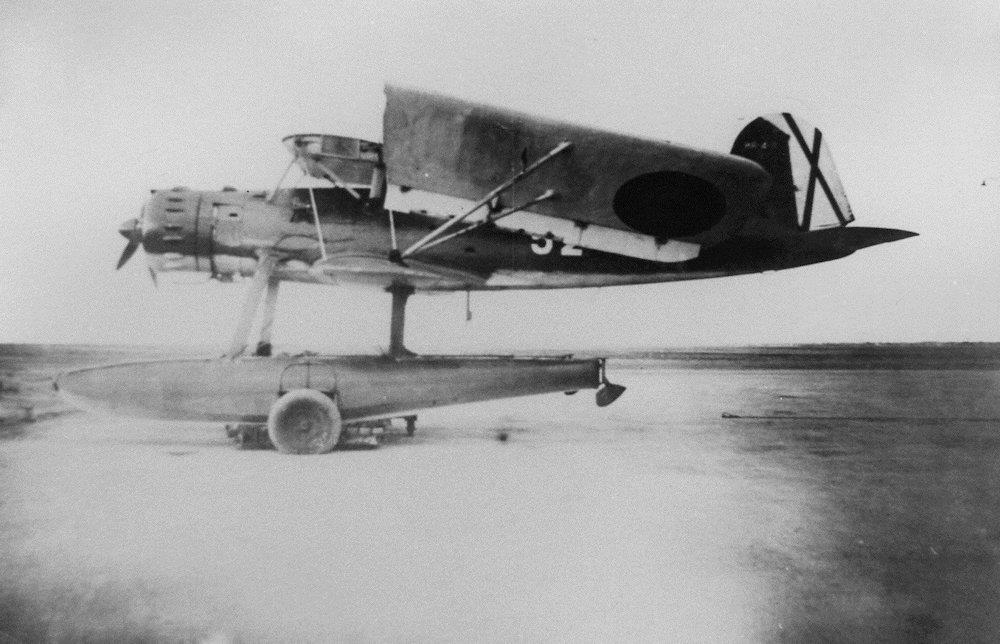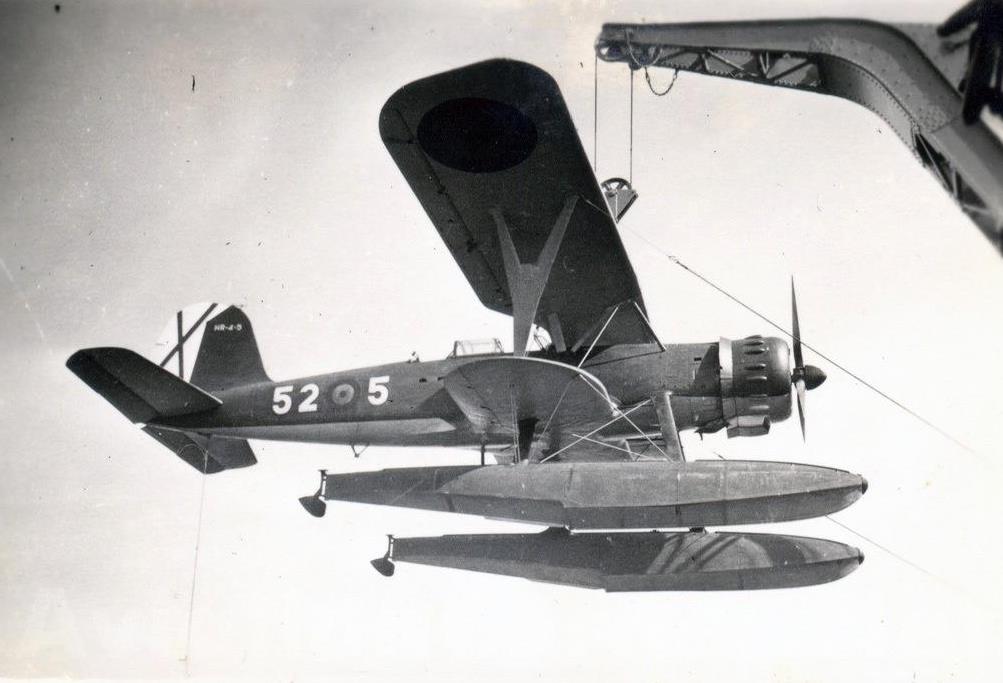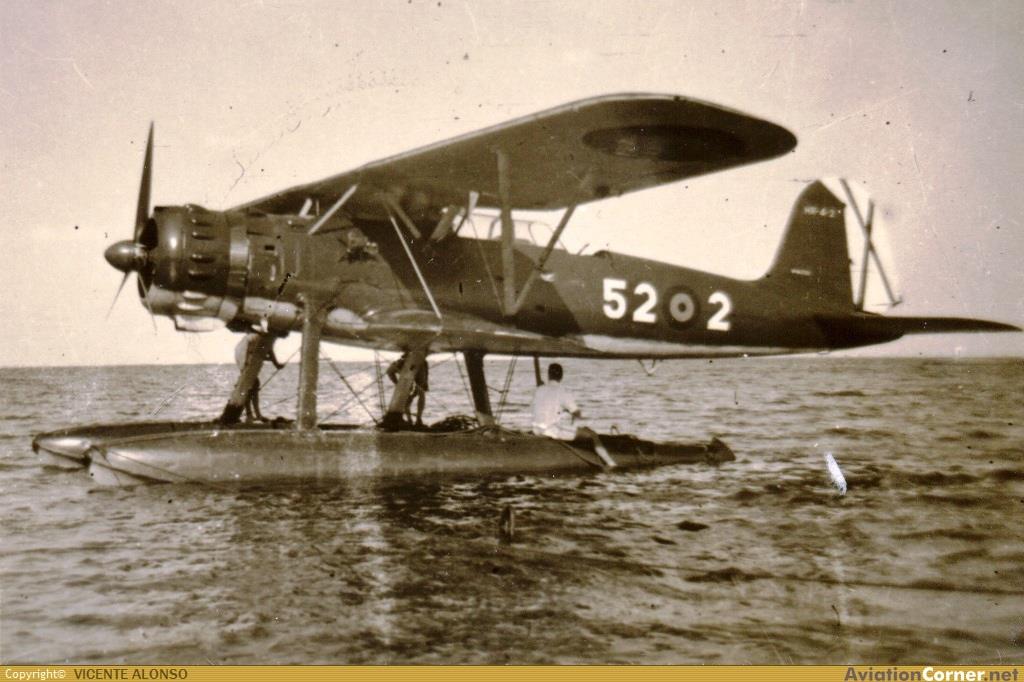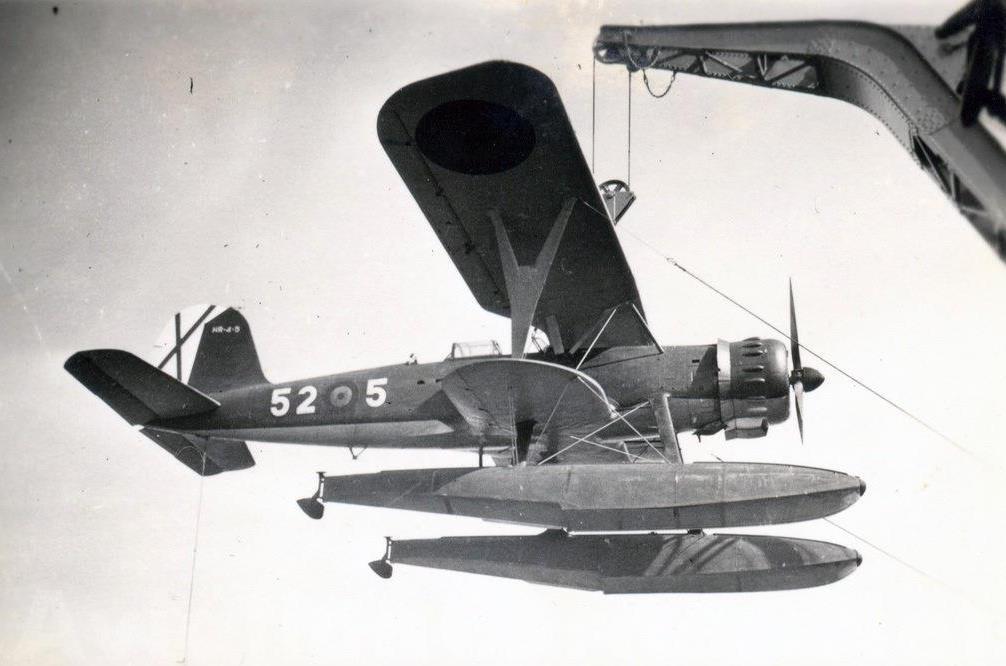| Type |
Werk.Nr |
Registration |
History |
| A |
|
52-1 |
|
| A |
|
52-2 |
|
|
|
52-3 |
|
|
|
52-4 |
|
|
|
52-5 |
|
|
|
52-6 |
|
|
|
52-7 |
|
|
|
52-8 |
|
|
|
52-9 |
|
|
|
52-10 |
|
|
|
52-11 |
|
|
|
52-12 |
|


In total, the then Air Ministry (now the Air Force), in its most ambitious process of purchasing defense material in the midst of World War II (WWII), acquired a total of twelve copies of the two-seater reconnaissance seaplane model He-114. These sesquiplanes from Heinkel (now part of Airbus), although modern for the time, their first flight dated back to 1936, at the time of their acquisition were already outdated material in the ranks of the military aviation of the Second Reich, the Luftwaffe, which barely operated them and replaced them, along with other models, in favor of the more modern monoplane seaplane Arado Ar-196 at the beginning of World War II (WWII).
Once in Spain, the Heinkel versions A and C were initially assigned to the 52nd Hydroplane Group based at the Los Alcázares air base (Murcia), a facility equipped to operate seaplanes on the coasts of the Mar Menor, which had previously been part of the aforementioned Naval Aviation. This force officially disappeared by decree after being integrated into the Air Force, which was formed on October 7, 1939. The He-114s of the Air Force, which were in service until 1954, were mainly used in maritime patrol flights over the Western Mediterranean, the first two years coinciding with the final phases of WWII in that theater.
In 1944, one of these aircraft was transferred to the Spanish Navy, which embarked it on board the light cruiser “Miguel de Cervantes” of the “Almirante Cervera” class, in the Arsenal of Cartagena. This cruiser, along with another sister ship, the “Galicia” (designated at first as “Príncipe Alfonso” and during the Second Republic as “Libertad”), which had served in the Republican Fleet during the Spanish Civil War, were fully modernised at the Sociedad Española de Construcción Naval (SECN) (today Navantia) in its factory in Ferrol (La Coruña), between 1940 and 1945.
Among the many reforms applied, the most notable was that of the deck, where after removing a 152 mm artillery mount, a large crane was installed, very useful both for manoeuvring boats and for raising and lowering a seaplane. With the capacity to embark an aircraft, it followed the trail of the cruiser designs of the period before WWII, especially those of the German Navy or Kriesgmarine, which operated the aforementioned Arado-196 seaplanes by catapult launch during the conflict. Although only one He-114 was ever loaded onto the “Miguel de Cervantes” between 1947 and 1954, it was operated by an Air Force pilot from the 52nd Hydro Group and an observer, also an officer, although in this case from the Navy. The He-114 was installed on the cruiser on chocks, since although it was planned for modernisation, the corresponding Heinkel catapults could not be manufactured or acquired in Germany, which meant that the seaplane had to be lowered into the sea using a crane, which reduced the capacity to carry out the take-off and the mission to days when sea conditions were good.





